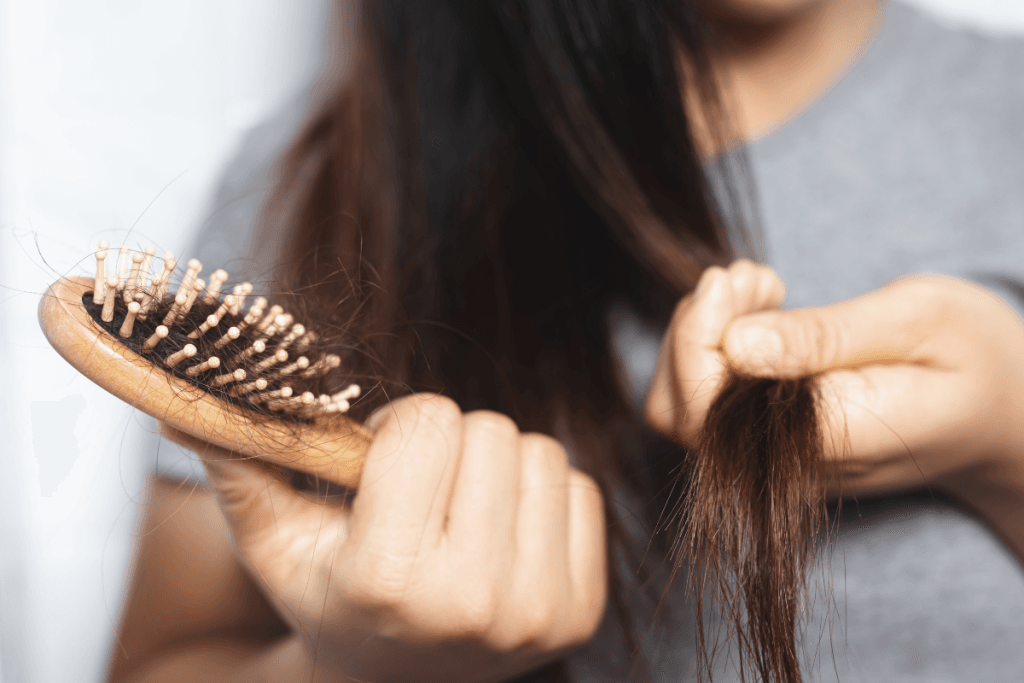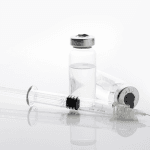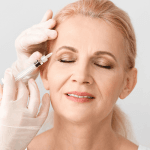Hair loss in young adults is becoming an increasingly common concern in clinical practice. As healthcare professionals, it’s crucial to understand not only the biological and environmental triggers but also the best strategies for intervention.
With more patients in their 20s and 30s seeking help for thinning hair, recognizing the causes of hair loss and identifying effective treatment plans tailored to younger demographics is essential. Alongside medical therapy, the growing interest in hair growth products and non-surgical interventions calls for a more comprehensive clinical approach.
Understanding the Causes of Hair Loss in Young Adults
Hair loss in young adults can stem from a variety of factors—both intrinsic and extrinsic. While genetics often plays a major role (such as in androgenetic alopecia), we are now seeing more cases triggered or worsened by stress, nutritional deficiencies, hormonal shifts, autoimmune conditions, and lifestyle choices.
In clinical settings, common causes include:
Androgenetic Alopecia (Early-Onset Pattern Baldness)
This remains the most prevalent form of hair loss in young males and females. The onset can begin as early as the late teens or early 20s and often follows a family history. Hormonal sensitivity, particularly to dihydrotestosterone (DHT), leads to follicular miniaturization and progressive thinning.
Telogen Effluvium
Telogen effluvium is a frequent diagnosis among young adults experiencing diffuse shedding. It is typically triggered by a significant physical or emotional stressor—surgery, severe illness, or even restrictive dieting. Fortunately, this condition is usually reversible once the underlying cause is resolved.
Nutritional Deficiencies
Suboptimal levels of iron, vitamin D, B12, and zinc are often associated with diffuse hair thinning in young patients. Clinicians should consider laboratory testing before recommending supplements or dietary modifications.
Endocrine Disorders
Conditions such as thyroid dysfunction and polycystic ovary syndrome (PCOS) are increasingly identified in young adults and are commonly associated with thinning hair or scalp patterning changes.
Evidence-Based Treatment Options
Once the underlying cause is confirmed, treatment can be guided accordingly. Given the demand for prompt results, patient education on realistic timelines is vital.
Topical and Systemic Therapies
Topical minoxidil remains a first-line option, with both 2% and 5% solutions available. It’s particularly effective in androgenetic alopecia and telogen effluvium. For systemic treatment, oral finasteride is FDA-approved for men, while off-label use of low-dose minoxidil or spironolactone is common in women.
Nutritional Support and Supplementation
If labs reveal deficiencies, supplementation of iron, vitamin D, and biotin can be beneficial. However, clinicians should avoid over-relying on supplementation when the deficiency isn’t clinically significant.
Procedural Interventions
Platelet-rich plasma (PRP) therapy has become a go-to adjunct in many practices for young adults with early hair loss. Results tend to be most favorable in those with preserved follicular density.
Hair Growth Products and Over-the-Counter Adjuncts
There is growing interest in products for hair growth among patients seeking alternative or supplemental therapies. While many are not regulated as drugs, certain formulations with caffeine, saw palmetto, or peptides may complement clinical therapy, especially in early-stage thinning. Providers should guide patients to reputable options to avoid misleading claims.
Stress Management and Lifestyle Modifications
Especially relevant for telogen effluvium, managing chronic stress and improving sleep hygiene can support recovery. Clinicians should be prepared to offer mental health referrals when psychosocial stress is a suspected contributor.
Addressing Patient Expectations and Follow-Up
One of the more challenging aspects of managing hair loss in young adults is patient expectations. Many anticipate rapid results, but most effective therapies require consistent use over 3 to 6 months before improvements are visible.
Clear communication about the treatment process, the likelihood of regrowth, and the importance of long-term maintenance improve patient adherence and satisfaction. Setting up structured follow-up visits helps monitor progress, adjust therapy, and maintain engagement.
What Is the Best Hair Loss Treatment?
Guiding patients toward the best hair loss treatment pathway often depends on their diagnosis, lifestyle, and goals. A combination approach typically yields the most effective and long-lasting results.
Providers should stay informed about emerging treatments, including oral minoxidil dosing, microneedling, and even early-stage regenerative therapies. Encouraging patient compliance, especially with FDA-approved options and medical-grade topicals, remains the backbone of lasting success.
Where to Learn More About Hair Loss Treatments
If you’re looking to explore options for treating hair loss in younger patients, including both pharmacologic and procedural interventions, visit our dedicated Hair Loss Category Page.
Staying informed equips you to better support patients navigating the often distressing experience of early hair loss.
Takeaways
Hair loss in young adults is a multifactorial condition that requires a thoughtful, evidence-based approach. By identifying the underlying causes, thoroughly evaluating each case, and offering tailored treatment plans—including proven therapies and trusted hair growth products—clinicians can help young patients restore both scalp health and confidence.
Determining the best hair loss treatment depends on both the diagnosis and the patient’s expectations. With the right combination of topical, systemic, and lifestyle interventions, successful outcomes are achievable—and often sustainable.
Frequently Asked Questions (FAQs)
What causes hair loss in young adults?
Androgenetic alopecia, or early-onset pattern baldness, is the most common cause. However, stress-related telogen effluvium and nutritional deficiencies are also prevalent.
Is hair loss in young adults reversible?
Yes, depending on the underlying cause. Telogen effluvium and hair loss from nutritional deficiencies are often reversible with appropriate intervention. Androgenetic alopecia can be managed but not fully reversed.
Are over-the-counter products for hair growth effective?
Some OTC products can be beneficial, particularly when used alongside medical therapy. It’s essential to recommend scientifically backed formulations and advise patients against unverified claims.






